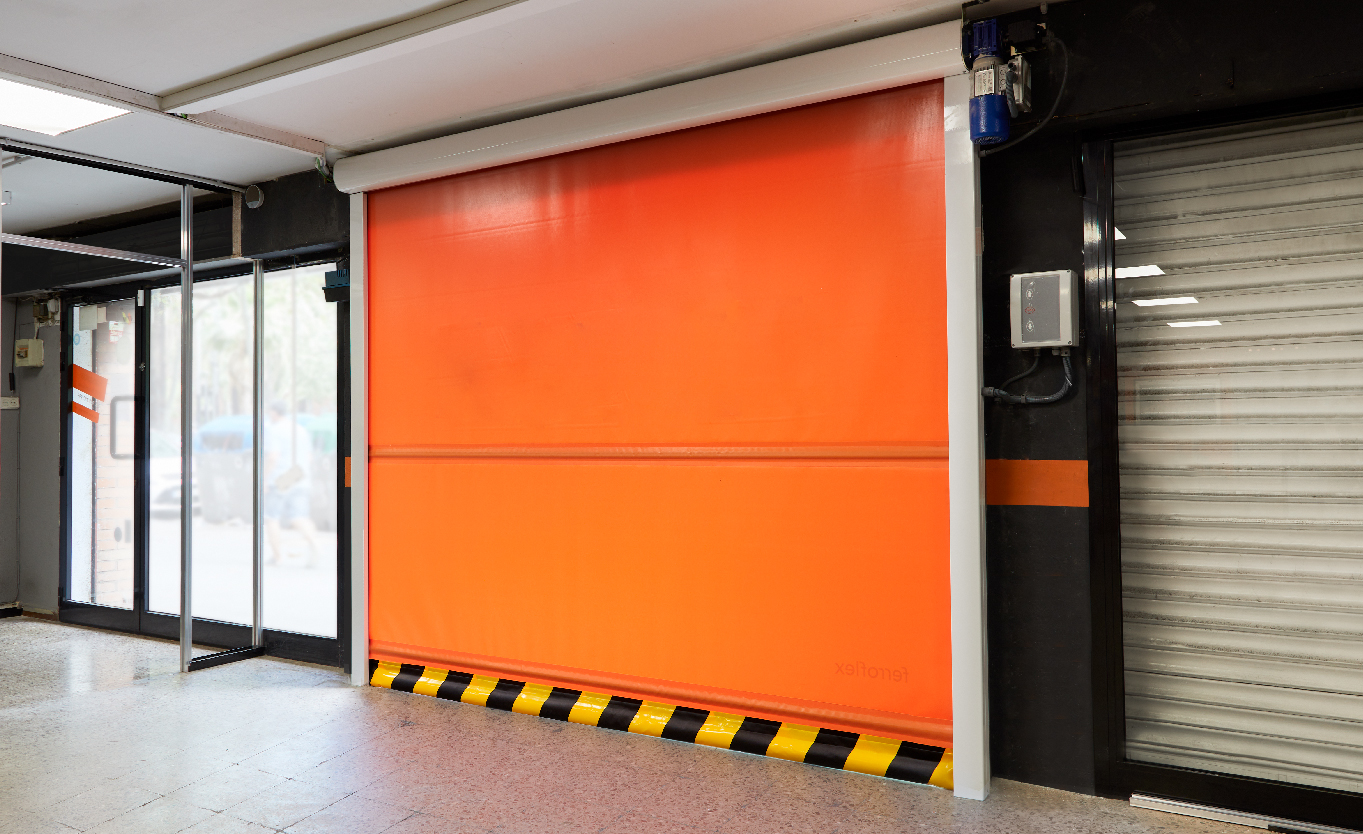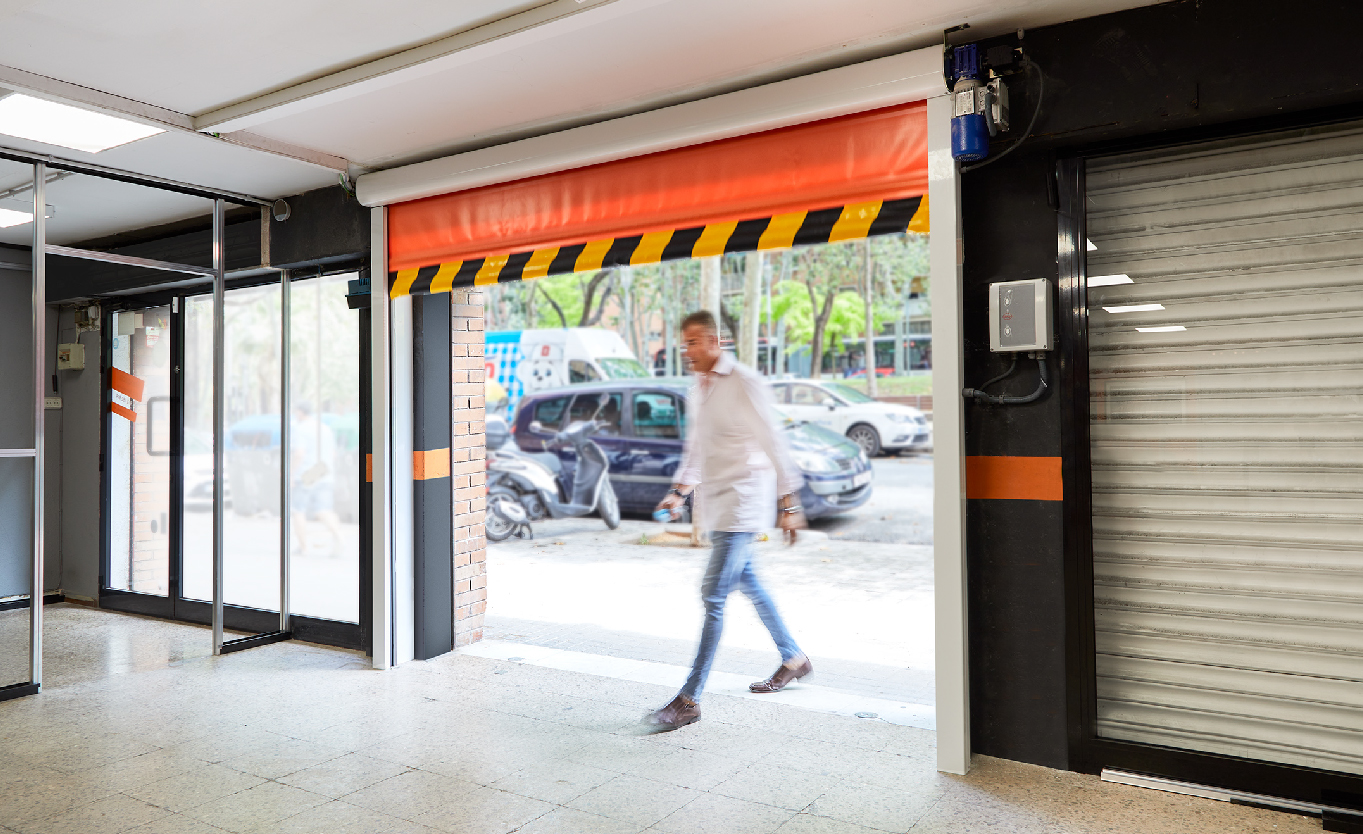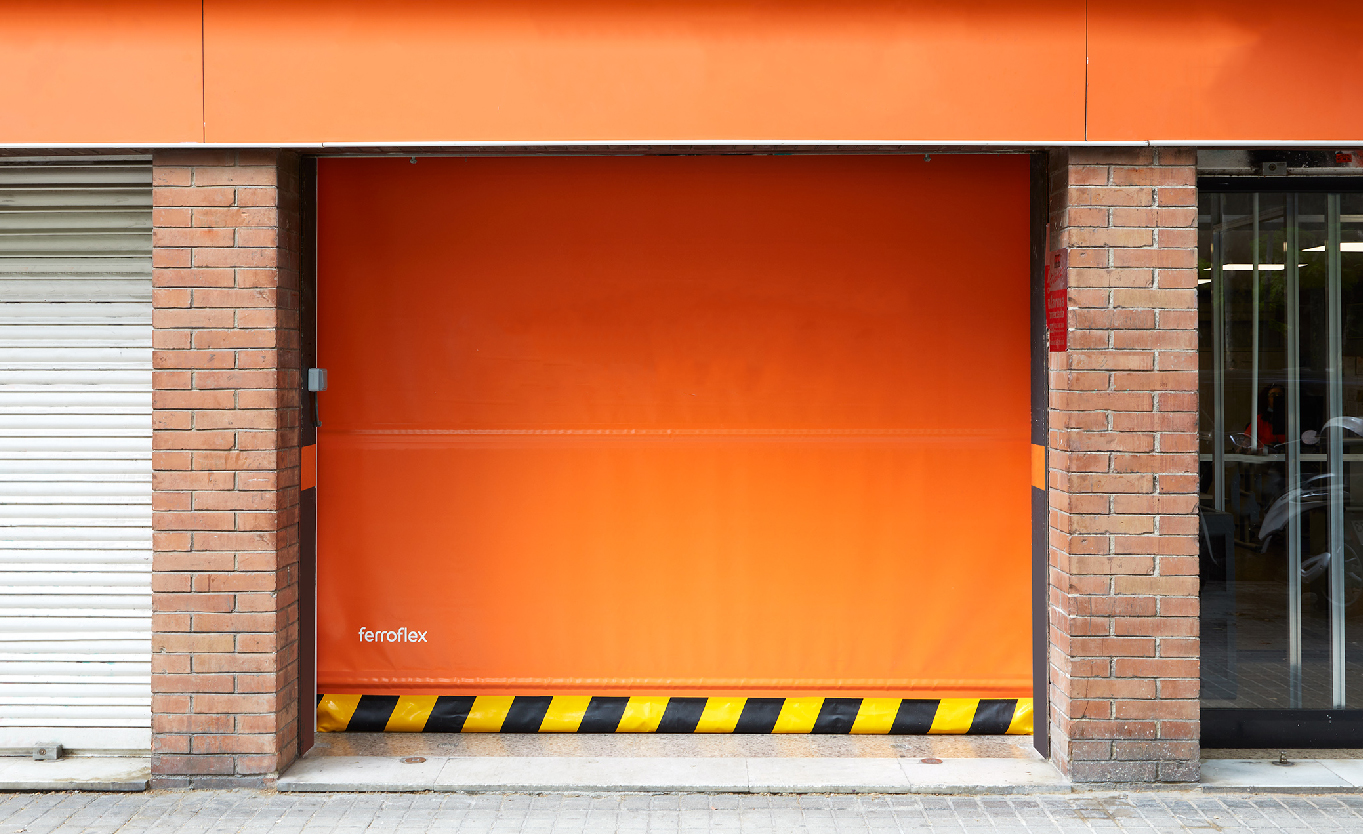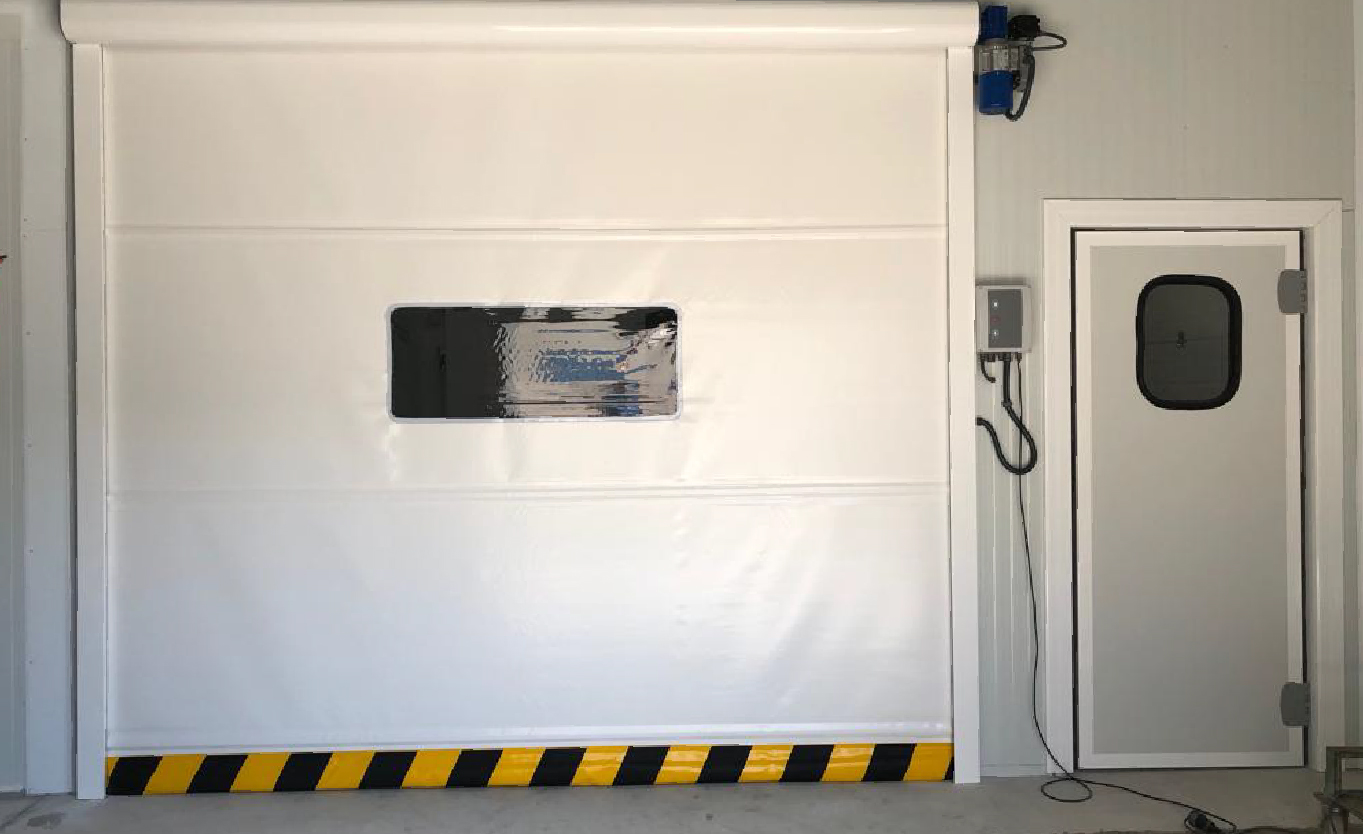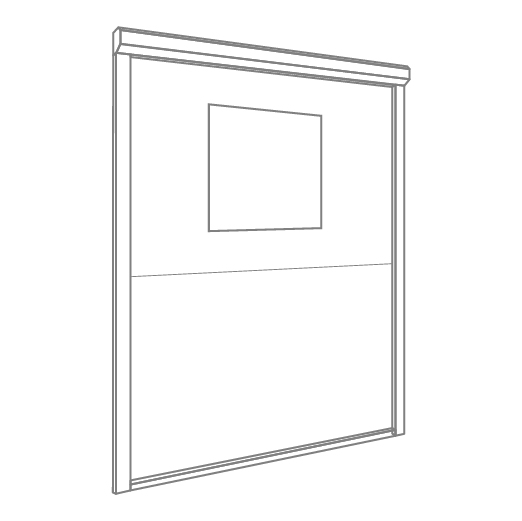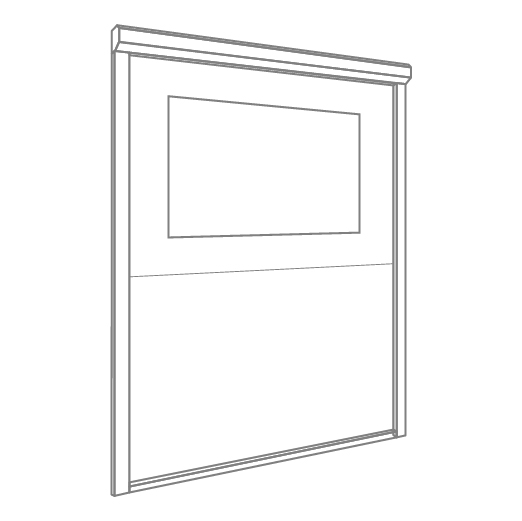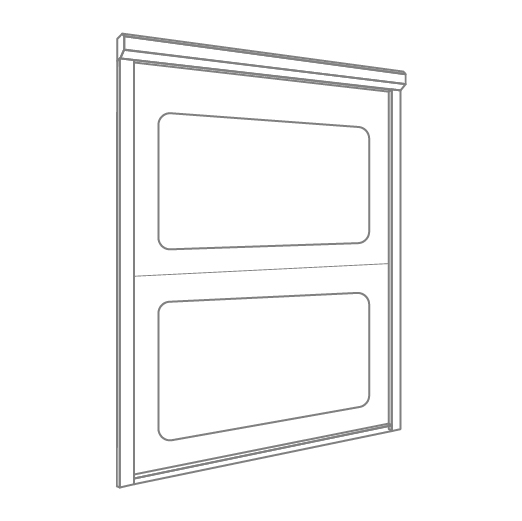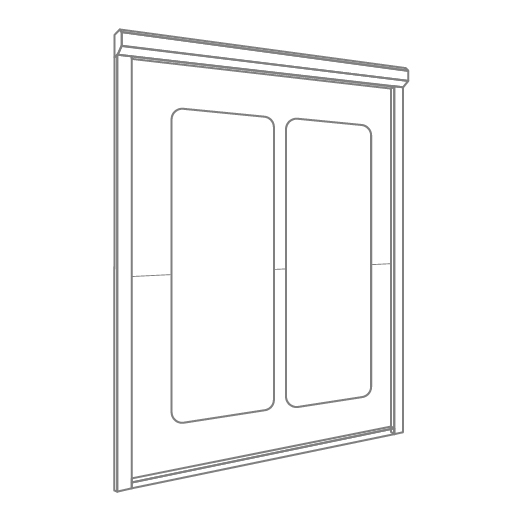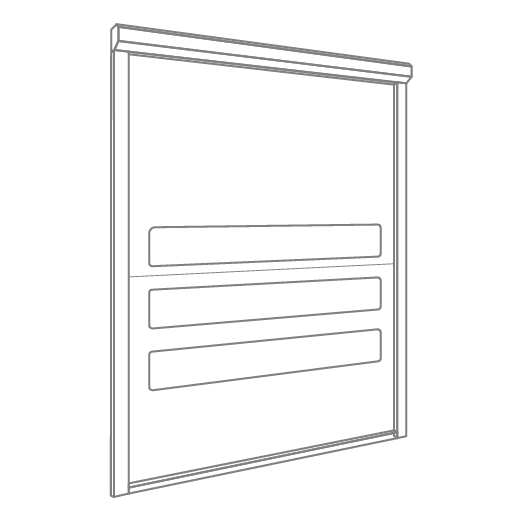Aluminium high-speed roll-up door for indoor areas
The high-speed roll-up aluminium door for indoor areas was designed as a compact, functional solution with advanced safety and technological features, ideal for compartmentalising or dividing indoor areas. Its lacquered aluminium structure and minimum space requirements for installation make it the ideal solution for draught-free interior doors. Its control cabinet is designed to be extremely compact and has a built-in converter to deal with a high traffic flow. The most compact door of our range. Its speed and state-of-the-art technology make it essential in small openings. Like all Ferroflex products, one of its trademark features is its capacity for adaptation and customisation to each project.
Do you want more information?
Contact a Ferroflex sales representativeAluminium high-speed roll-up door for indoor areas
-
Technical Specifications
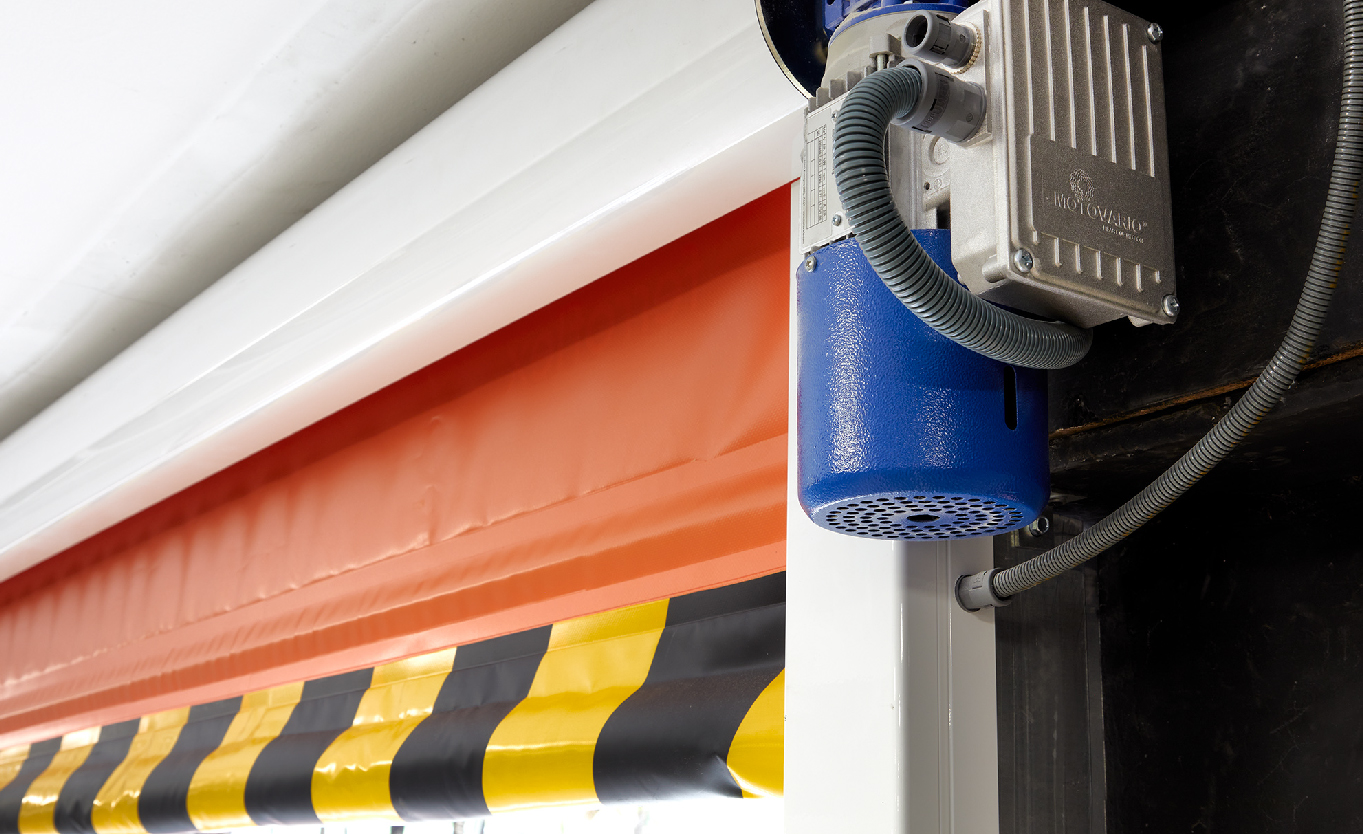
- Maximum dimensions: 3000 x 3000 mm
- Indoors use
- Wind resistance: Class 0 (no resistance)
- Structure: standard white lacquered anodised aluminium
- Opening speed: adjustable up to 1.2 / 0.8m / second (depending on measurements)
- Light barrier built in with anti-entrapment safety
-
Optional Equipment
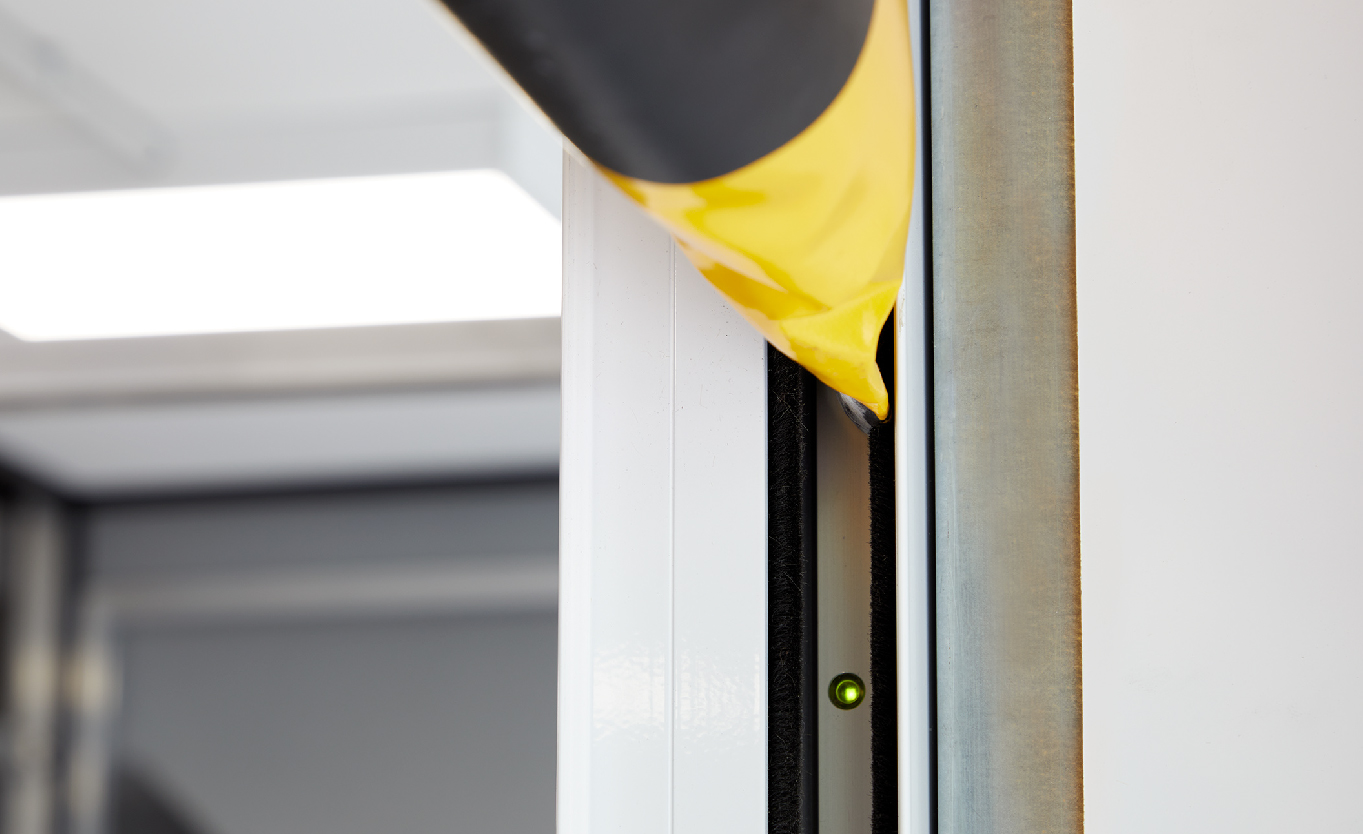
- Motor position: lateral / frontal; right / left
- Structure lacquered in another RAL colour to be determined
- Motor cover: Yes
- Opening option systems: UPS, remomte control, radars, sensors...
- Polarised photocell mirror
- Coloured or silk-screened custom fabric
-
Colors
RAL 9016RAL 1003RAL 1014RAL 5002RAL 5010RAL 6026RAL 7037RAL 7038RAL 8014RAL 9005RAL 2004RAL 5005RAL 7016RAL 3002
-
Peepholes
- Catalogues
Frequently asked questions about aluminium high-speed roll-up doors for indoor areas
Between 6 and 15 hours, depending on the measurements and the opening systems. Take into account that when assembling, the opening will be out of service to enable the assembly work to be carried out safely.
For doors with standard equipment, the manufacturing time is 3 to 4 weeks. For doors with special options, it will be necessary to consult the commercial department. Our customer service is professional, comprehensive and reliable, able to offer personal and quick advice at all phases of the project.
In accordance with the EN13241 standard, all high-speed doors with automatic movement must incorporate two safety systems, a static and a dynamic one. Our aluminium high-speed roll-up doors for indoor areas incorporate a safety photocell as the static system, and a contact strip on the lower part of the fabric as the dynamic system. Currently, we also have static systems that offer both safety measures in one single element (light barriers).

